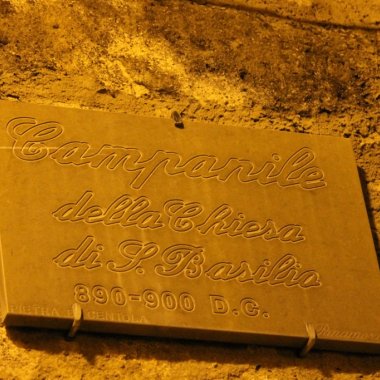Alleys and abbeys
The picturesque alleys of the historic centre of Centola are a treasure as hidden as easily accessible. Perfect scenario for phototrekking lovers, this village has early medieval origins.
History and legend are mixed about its foundation, subsequent to the destruction of Molpa by the Byzantine general Belisarius during the Greek-Gothic war, in 547 AD.
The survivors, according to legend in number of one hundred, took refuge in the hills, and built a settlement called, by their number, "Centula" (“Cento” in Italian means one hundred).
It was the site of an important coenobium called Abbey of Santa Maria, for a long time an active ascetic and cultural centre. After just eleven years from its Byzantine foundation, Centola became Langobard, then Norman, Swabian, Angevin, Aragonese, Spanish. This story is written between the stones of its alleys, with the bell tower of 893, the Capuchin Convent of 1619, raided by Napoleon’s troops, and the Church of Saint Nicholas of Myra, a saint who right from the name highlights the link between this territory and the East.
The Basilian heritage is visible in the bell tower of the demolished Church of Rosary. The Greek rite survived in Centola until the early 1600s. Then, even if visible only with a thorough reading, remarkable traces left in the toponymy in the crops and in the agricultural landscape.
The most important clue is Via Gelso (Mulberry Road): the Basilian Monks introduced the cultivation of mulberry in Italy, and that crop immediately became typical here. And above all, they introduced the Greek vine and favoured the production, in the lands of Centola and the nearby village of Foria, of one of the most precious wines in the area.
Baron Giuseppe Antonini, born in Centola, speaks of the area of Centola in his work “La Lucania” in the mid-1700s as being characterized by “vast lands extremely abundant with everything”.
Check availability



























